Along the roads in the Central Highlands, each rubber forest turns yellow and red, creating a poetic scene. At the end of the year and the first days of the new year, tourists come to the rubber forest to explore and capture the moment of the changing leaves season.

According to statistics, the Central Highlands provinces currently have a total rubber area of over 255,000 hectares. The rubber leaf-changing season in this area starts from December to the end of February of the following year.

According to locals, the moment when the vast rubber forests begin to shed their leaves creates a beautiful scene.

Seen from above, rubber trees come in a variety of colors from light green, dark green to yellow, orange, red...

The rubber forest changing leaves along National Highway 14 through Dak Nong province fascinates locals and tourists.

The stage when rubber leaves turn yellow and red is the time when rubber forests are most beautiful with a poetic and romantic space. Many people compare rubber forests in the leaf-changing season to the autumn scenery of Europe.

Rubber leaves turn red, so many tourists come to capture the moment of the changing seasons.

Ms. Vong Thi Huyen (born in 1990, Gia Lai) said that January and February are the most ideal times for tourists to take photos of rubber forests during the leaf-changing season because at this time, there are still many leaves and the scenery is more poetic and full of life than ever. Every leaf-changing season, many people and tourists visit the provinces in the Central Highlands to take photos.

The beginning of the new year is the ideal time for many tourists to check-in at the rubber forest during the leaf-changing season.

Two young women dressed in Ede costumes capture the moment when rubber leaves fall.

Baby herding cows under the rubber forest

By the end of the season, the last rubber leaves fall, leaving only bare branches in the forest.
(According to 24h, February 25, 2024)
Source



![[Photo] Looking back at the impressive moments of the Vietnamese rescue team in Myanmar](https://vstatic.vietnam.vn/vietnam/resource/IMAGE/2025/4/11/5623ca902a934e19b604c718265249d0)


![[Photo] "Beauties" participate in the parade rehearsal at Bien Hoa airport](https://vstatic.vietnam.vn/vietnam/resource/IMAGE/2025/4/11/155502af3384431e918de0e2e585d13a)


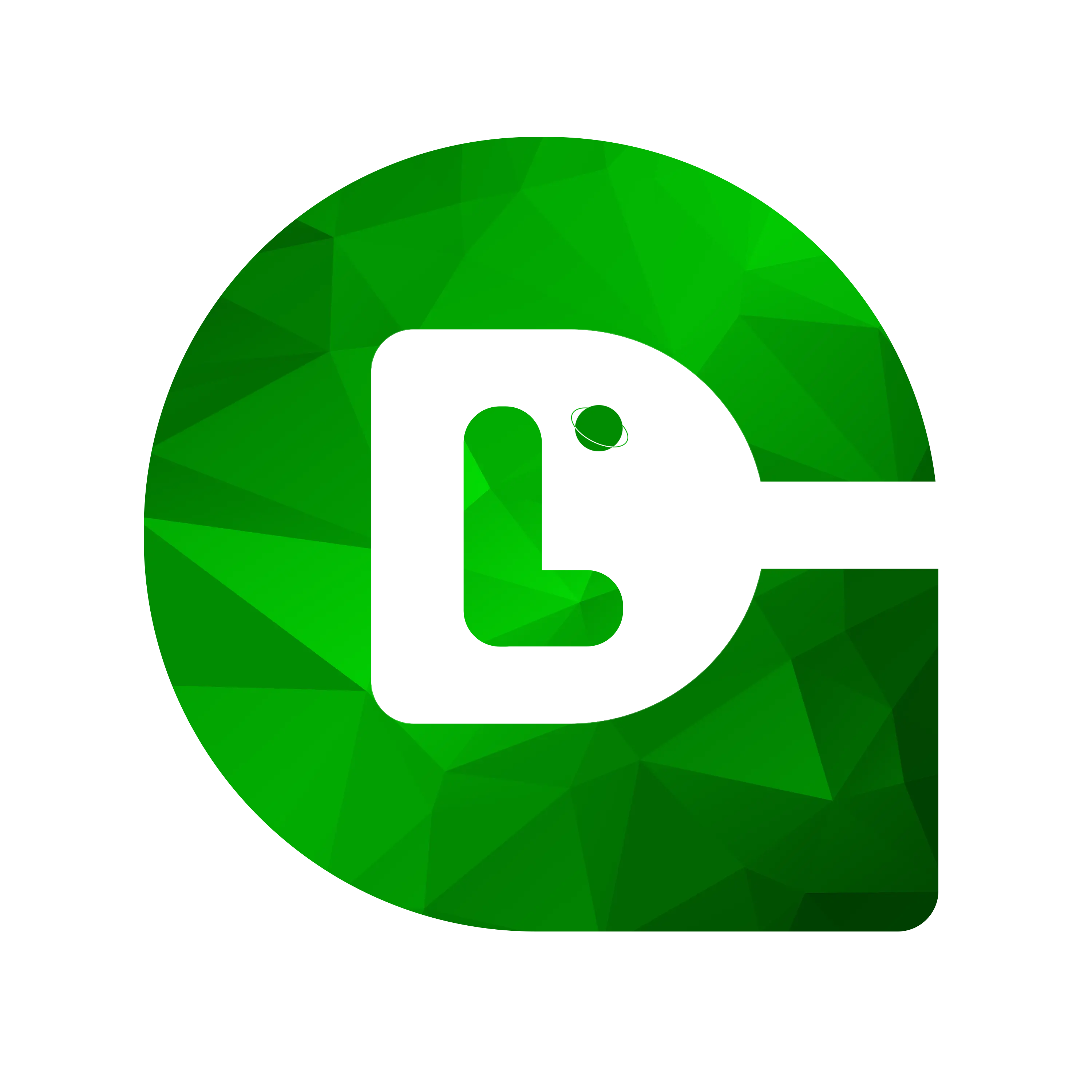
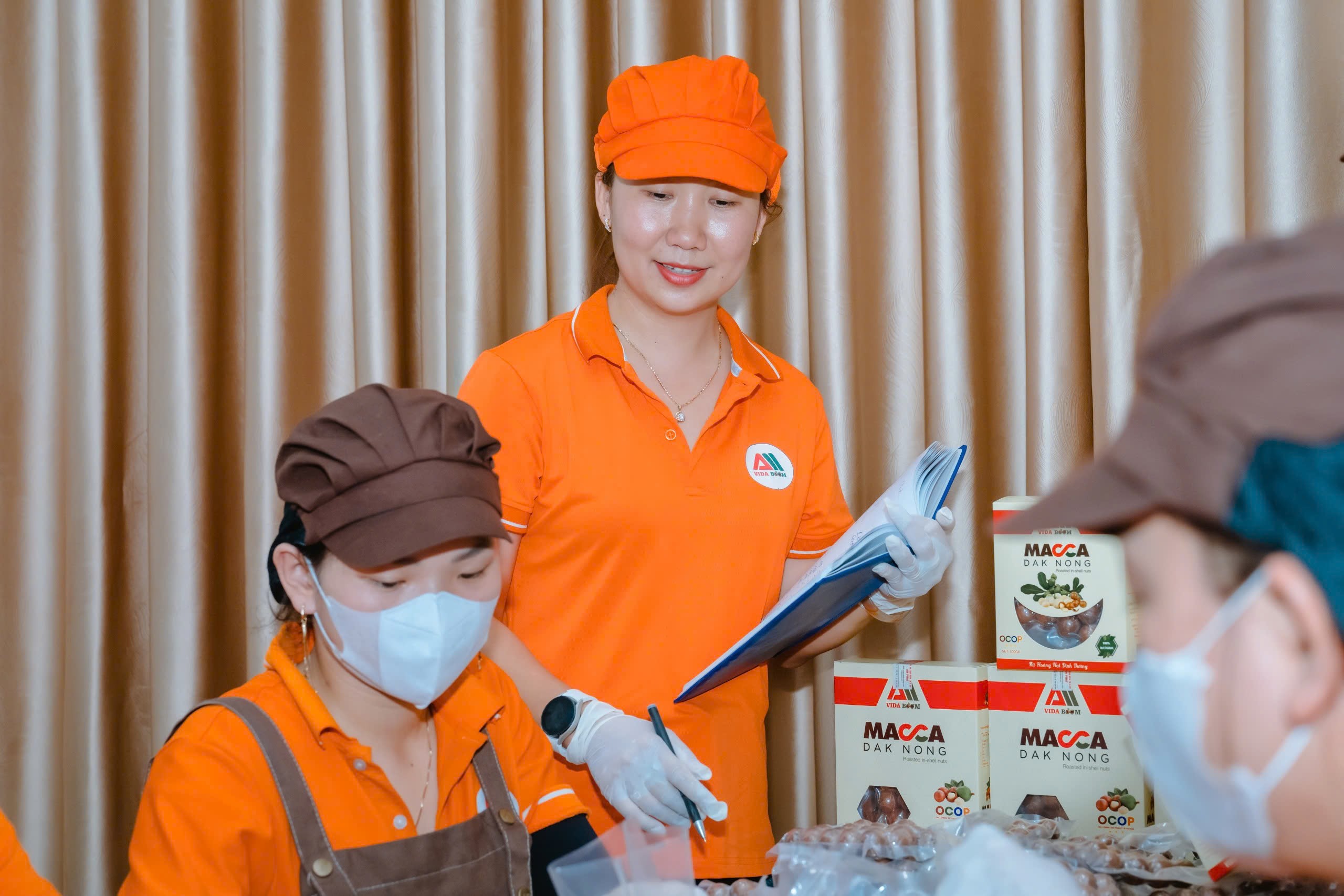

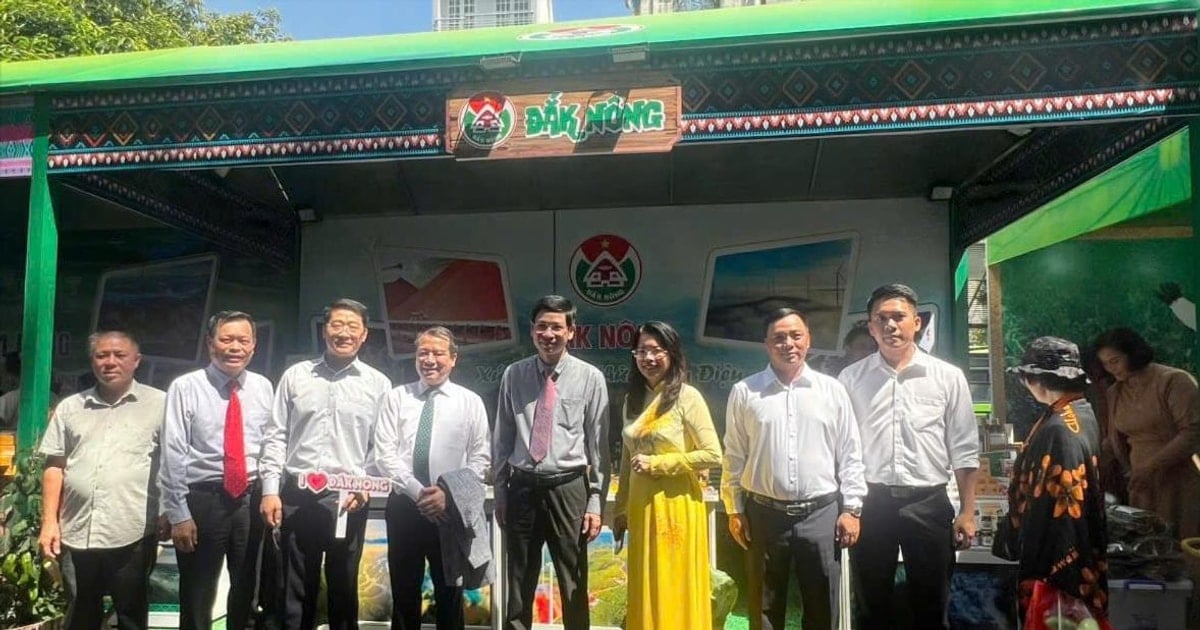




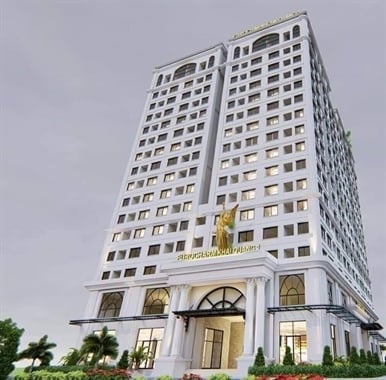


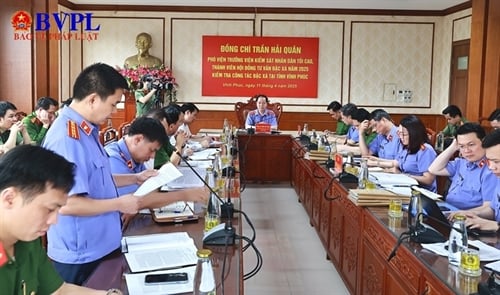
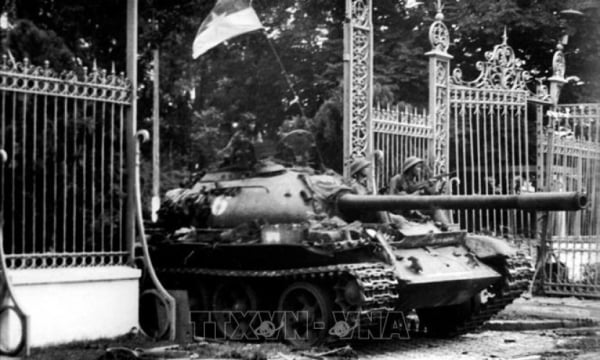
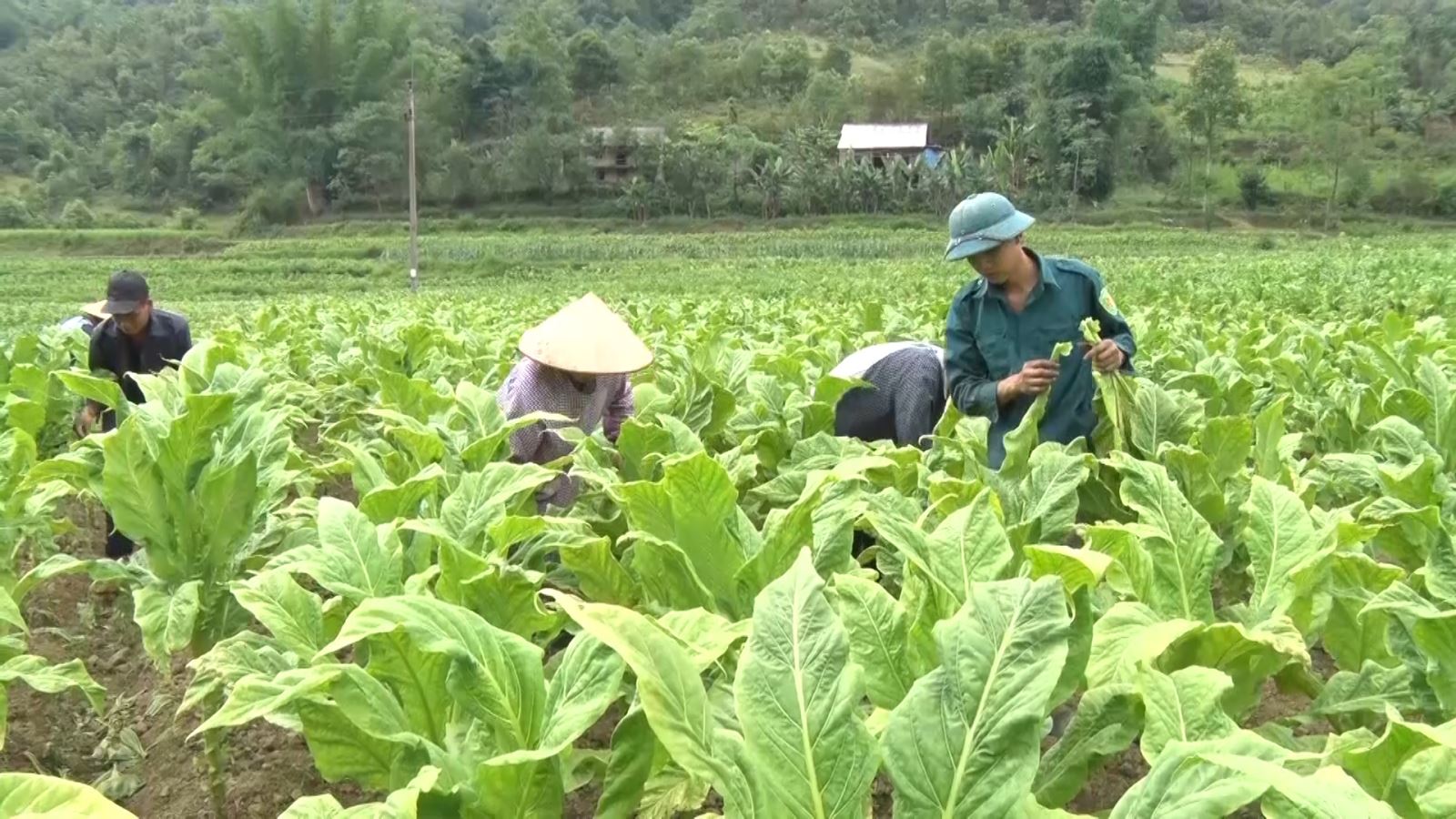




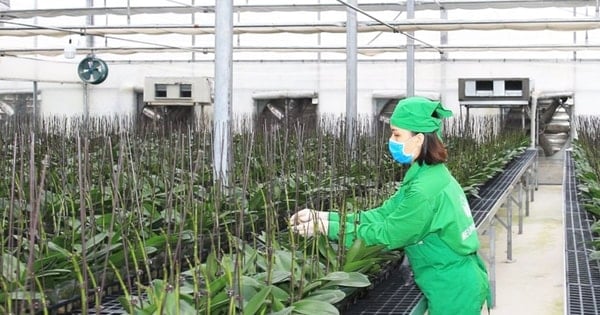
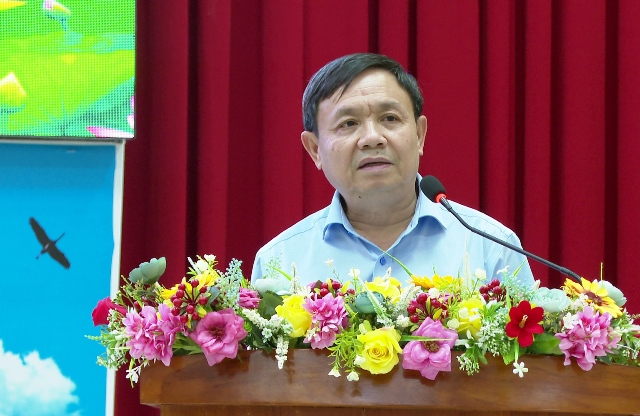

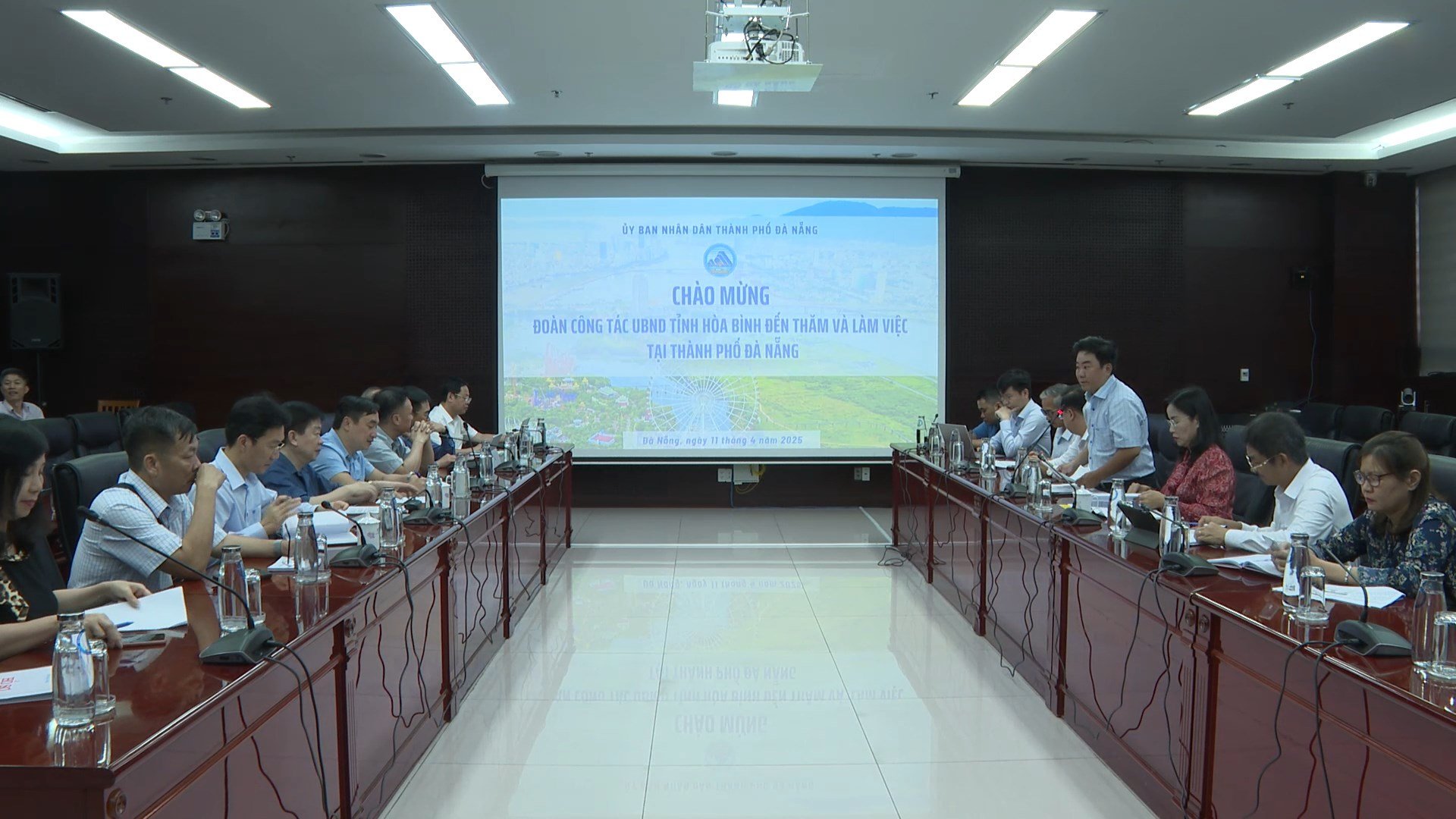

![[Photo] Summary of parade practice in preparation for the April 30th celebration](https://vstatic.vietnam.vn/vietnam/resource/IMAGE/2025/4/11/78cfee0f2cc045b387ff1a4362b5950f)






















































Comment (0)